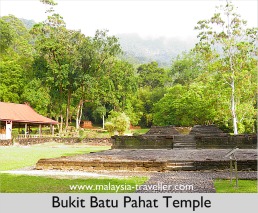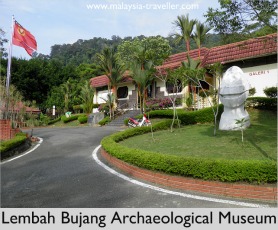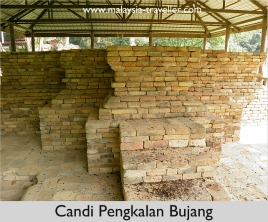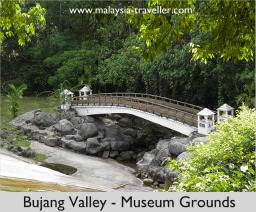I just only know about this place....haw can..it calls BERJAYA TIME SQUARE THEME PARKS.. before travel further to the other theme park, we should came here first.. :D
Berjaya Times Square Theme Park is a good place to go if the
kids are craving for some theme park excitement.
Here are the Best Things about it:
- The rides are really cool, especially the Supersonic Odyssey, the scariest roller coaster in Malaysia.
- It's an indoor air-conditioned theme park - no sweating in the heat and no need to worry about rides being closed due to rain.
- It's centrally located in Times Square shopping mall in the heart of KL and conveniently accessed by public transport.
- It's in a huge mall so a trip to the theme park can be combined with shopping, dining or watching a movie.
- There are plenty of restaurants in the mall so you are not restricted to theme park food unlike most other theme parks.
- There is a separate section for younger kids with reduced pricing so you don't have to pay for rides which younger kids are unable to use.
- It's not busy even on a Saturday afternoon but it gets more crowded during school holidays.
- Not too expensive















